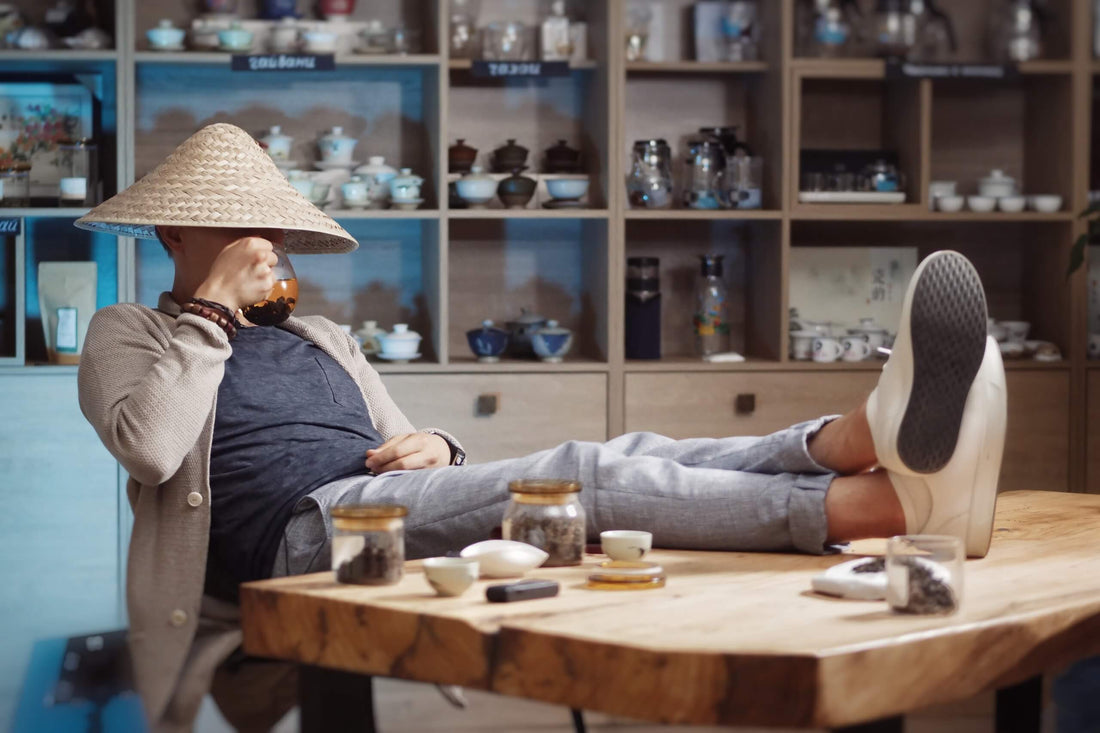GABA Tea: Everything You Need to Know



GABA, or gamma-aminobutyric acid, is a neurotransmitter that plays a critical role in the human brain. It helps regulate neural activity by acting as an inhibitor, slowing down or blocking excessive nerve impulses.
By calming overactive neural pathways, GABA allows us to focus, manage stress, and maintain emotional balance. This process is essential for proper brain function, helping us think clearly and sleep better.

GABA tea is a unique type of tea enriched with gamma-aminobutyric acid. To produce GABA tea, fresh tea leaves undergo a special fermentation process in anaerobic conditions (oxygen-free). The leaves are placed in nitrogen-filled chambers, where heat and pressure increase their natural GABA content.
This method was first developed in Japan during the 1980s, but Taiwan quickly became the leader in GABA tea production. Today, GABA Alishan Oolong is one of the most popular types, but GABA black tea and other variations are also widely available.

GABA tea offers numerous health benefits due to its high gamma-aminobutyric acid content. This natural compound is associated with:
A GABA deficiency in the body can lead to fatigue, restlessness, poor concentration, and even insomnia. While GABA tea is not a cure-all, regular consumption can gently support your nervous system and promote overall well-being.
The best part? You don’t need a GABA deficiency to enjoy its benefits! The tea’s smooth flavor and calming effects make it a great addition to your daily routine.

Brewing GABA tea is simple and flexible. It pairs well with various teaware, such as a gaiwan, glass teapot, or traditional porcelain or clay pots.
Water temperature:
Brewing time:
Experiment with temperatures and steeping times to find your ideal flavor profile.